 Research Update
Research Update
04
May

On April 26, the press conference for the Report on Green Path-Green Development of the Chinese Economy 2018 sponsored by the National Academy of Development and Strategy (NADS), Renmin University of China (RUC) and organized by the Capital Academy of Development and Strategy (CADS), RUC was held in Beijing. Shi Minjun, Research Fellow at NADS, Deputy Dean of CADS and Professor at the School of Economics, RUC wrote the report, analyzing the problems in the evaluation of green development, calculating the green development index at the provincial and city scales, and commenting on the road to green development in 100 cities in 31 provinces and regions nationwide.

The press conference was presided over by Wu Jian, Deputy Dean of the School of Environment and Natural Resources, RUC, and attended by experts and scholars including Wang Hua, Research Fellow at NADS, Dean of the School of Environment and Natural Resources, and former senior environmental economist of the World Bank, Xu Qinhua, Deputy Dean of NADS, Professor of the School of International Studies, RUC, Director of CIEESS, RUC, and chief of the scientific research division of CIEESS, Liu Shouying, Research Fellow at NADS, Professor of the School of Economics, and former deputy head of the Research Department of Rural Economy under the Development Research Center of the State Council, and Qiu Qiong, level 1 researcher at the resource and environment statistics division of the Department of Comprehensive Statistics of the National Economy under the National Bureau of Statistics (NBS), senior statistician, and Ph.D. in Economics.
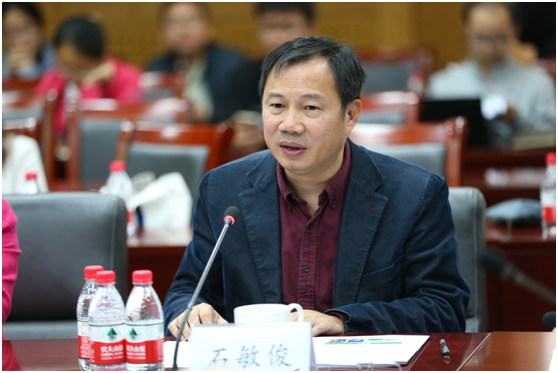
Shi Minjun, Research Fellow at NADS, Deputy Dean of CADS and Professor at the School of Economics, RUC, issued the Report on Green Path-Green Development of the Chinese Economy 2018 on behalf of the research team. Based on the theoretical connotation of China’s green economic development, the report considers the problems in green development evaluation and accordingly constructs a trinity of logical framework for green development evaluation and a green development evaluation indicator system based on the framework. It also adopts the utility function synthesis method, highlights the constraint of short board factors, calculates the green development index at the provincial and city scales, and evaluates the road to green development in 100 cities in 31 provinces and regions.
The evaluation results in the report show that China’s green economic development path has the following characteristics:
First, green development is uneven. The overall score of green development is gradually decreasing from the southeast coastal region to the west and the north areas. At the provincial scale, Zhejiang, Guangdong, and Jiangsu rank among the top three, and at the city scale, Shenzhen, Hangzhou, Beijing, Guangzhou, and Shanghai rank among the top five.
Second, compared with the green development index issued by NBS, this report highlights the coordination and balance between green development and economic growth. The green development index issued by NBS focuses on “green” and most of the indicators are about the ecological environment; the green development evaluation in this report emphasizes the three-dimensional coordination of economic development, sustainability, and green development capabilities.
Third, there are obvious short board constraints in green development. Short board constraints for green development is prominent in both provinces and cities. On the city scale, many cities are facing short board constraints or economic development lag or poor sustainability, or a low score for green development capability.
Fourth, the phenomenon of discordance between economic development and sustainability is prominent, and the conflict between economic gains and environmental protection still exists, which require great attention. The relationship between economic development and sustainability shows different states in different provinces and cities, leading to spatial differentiation in green development. Different types of regions should establish different green development paths. The green development in lower-level development area should be started by changing the economic growth pattern and adjusting the industrial structure; the top priority for economic pioneering area is to strengthen eco-environment governance, improve sustainability, and meet the local people’s demands for environmental quality improvement.
Fifth, there is a conflict between spatial agglomeration and sustainability, and the negative externalities of spatial agglomeration shall not be ignored. The negative externalities of spatial agglomeration in lower-level development area are more prominent, and have entered the channel of declining sustainability in advance under conditions of low economic density. China’s green economic development must fully recognize and attach great importance to the negative externalities of spatial agglomeration, and organically combine green development planning with spatial development planning.
Sixth, judged from the relationship between economic gains and environmental protection, only Jiangsu, Zhejiang, Guangdong, and Beijing are already on the road toward internal unity between developing the economy and reserving the environment; many provinces are still at a development stage that strives to disconnect economic growth with resource and environmental load. They have not achieved such disconnection or the internal unity between the economy and the environment.
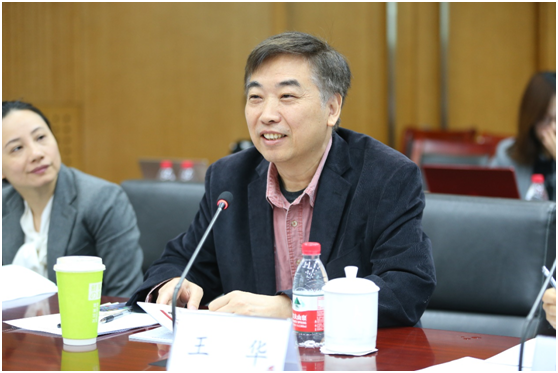
Wang Hua, Research Fellow at NADS, Dean of the School of Environment and Natural Resources, and former senior environmental economist of the World Bank, commented on the report. According to him, the report has studied the major global issue of green development and conducted an in-depth, meticulous, comprehensive and profound evaluation, which is of positive and key significance to the entire development system and future work improvement. At the same time, quite a few innovative models and methods, as well as the classification of various development types in the report are worth continuing discussion as they are very useful for reference.
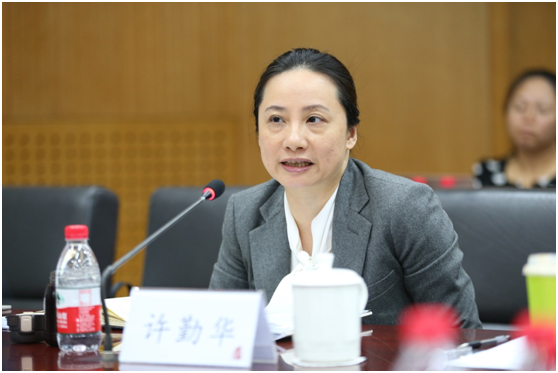
Xu Qinhua, Deputy Dean of NADS, Professor of the School of International Studies, RUC, Director of CIEESS, RUC, and chief of the scientific research division of CIEESS, paid special attention to the issue of international green development. She believes that Professor Shi Minjun has provided a very strong literature basis and technical support for conducting all-round evaluation and difference comparison against the green development of China’s economy. She also put forth issues related to the selection of indicators and energy concept in the report.
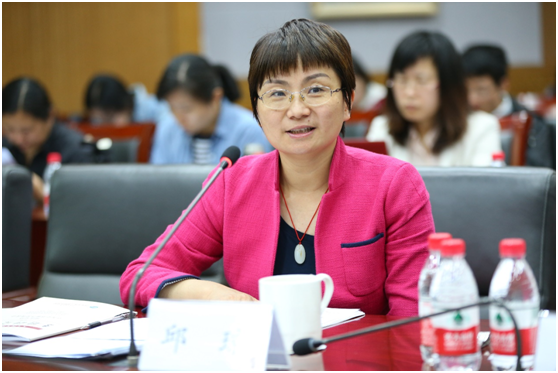
Qiu Qiong, level 1 researcher at the resource and environment statistics division of the Department of Comprehensive Statistics of the National Economy under the National Bureau of Statistics (NBS), senior statistician, and Ph.D. in Economics, believes that green development is a fundamental way for China’s economy to break out of the resource and environmental constraints. According to her, in terms of the dynamic relationship between spatial agglomeration and sustainability, the former may contain some problems. The development of city clusters plays a positive role in alleviating conflicts of spatial agglomeration. Dr. Qiu Qiong also raised questions about the report from the perspectives of data source, definition of high energy-consuming industries, and urban monitoring data, and offered relevant suggestions.
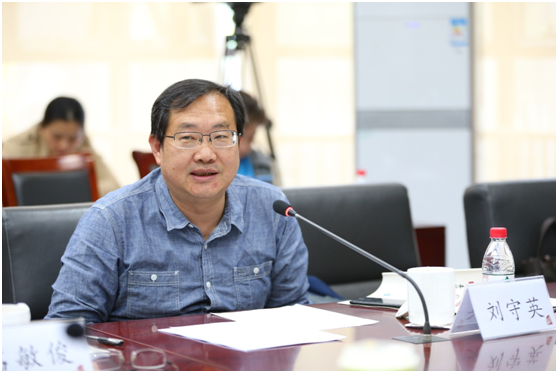
Liu Shouying, Research Fellow at NADS, Professor of the School of Economics, and former deputy head of the Research Department of Rural Economy under the Development Research Center of the State Council, believes development path to be the most fundamental issue about developing the economy and protecting the environment. How to coordinate the relationship between the environment and economic development for different regions requires a case-by-case analysis.